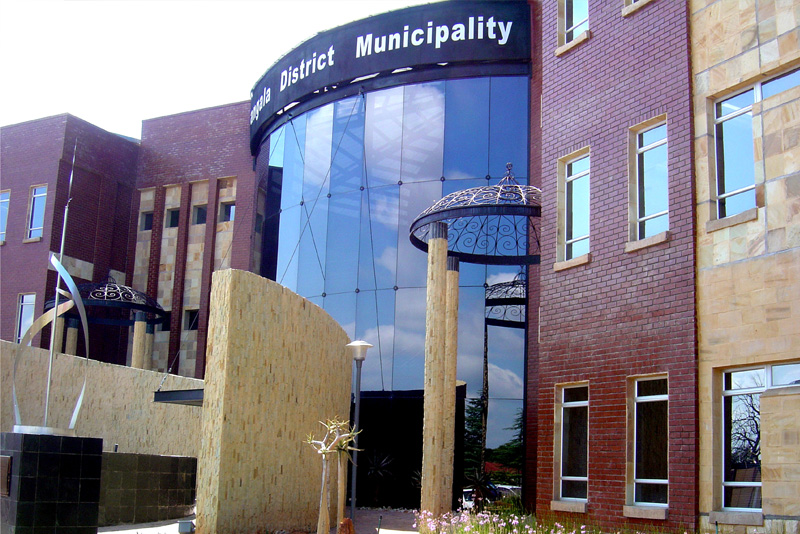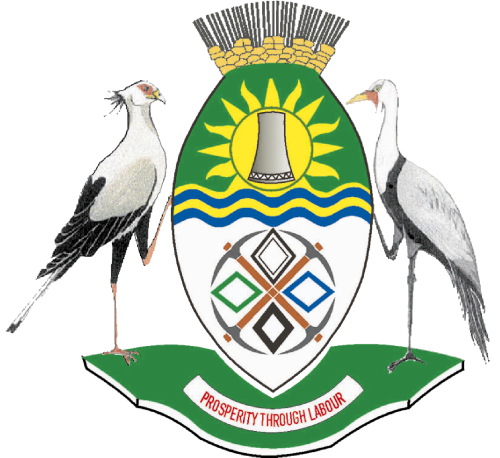The Nkangala District Municipality is a Category C municipality in the Mpumalanga Province. It is one of the three districts in the province, making up 22% of its geographical area. It is comprised of six local municipalities: Victor Khanye, Emalahleni, Steve Tshwete, Emakhazeni, Thembisile Hani, and Dr JS Moroka. The district’s headquarters are in Middelburg. Nkangala is at the economic hub of Mpumalanga, and is rich in minerals and natural resources. The district is host to the Maputo corridor which brings increased potential for economic growth and tourism development.
Nkangala district neighbors provinces like Limpopo, Gauteng and Northwest. The proximity to Gauteng opens up opportunities to a larger market, which is of benefit to the district’s agricultural and manufacturing sectors. There is further potential in exporting goods that provides opportunities within the district.
The Districts economy is dominated by electricity, manufacturing and mining. These sectors are followed by community services, trade, finance, transport, agriculture and construction. Nkangala prides itself on having a high credit rating and a low credit risk. Good governance ensures that Annual Financial Statements and Unqualified Audit Reports are prepared on time. Through responsible financial management (the municipality is rated as an A1 in terms of national ratings), Nkangala has been successful in allocating a significant investment in municipal infrastructure in the district, with particular emphasis on water related projects. However, Nkangala is not exempt from the difficulties facing all municipalities in South Africa. Poverty and unemployment in the rural areas are a major threat to socioeconomic growth.
NKANGALA IS THE NGUNI WORD FOR HIGHVELD

| 2016 | 2011 | |
| Population | 1 445 624 | 1 308 129 |
| Age Structure | ||
| Population under 15 | 27.3% | 28.5% |
| Population 15 to 64 | 68.6% | 66.5% |
| Population over 65 | 4.1% | |
| Dependency Ratio | ||
| Per 100 (15-64) | 45.8 | 50.4 |
| Sex Ratio | ||
| Males per 100 females | 102.2 | 100.7 |
| Population Growth | ||
| Per annum | 2.27% | n/a |
| Labour Market | ||
| Unemployment rate (official) | n/a | 30.0% |
| Youth unemployment rate (official) 15-34 | n/a | 39.6% |
| Education(aged 20 +) | ||
| No schooling | 9.0% | 11.5% |
| Matric | 35.0% | 29.4% |
| Higher education | 8.7% | 10.2% |
| Household Dynamics | ||
| Households | 421 144 | 356 911 |
| Average household size | 3.4 | 3.5 |
| Female headed households | 35.5% | 36.2% |
| Formal dwellings | 81.6% | 82.8% |
| Housing owned | 62.8% | 58.9% |
| Household Services | ||
| Flush toilet connected to sewerage | 51.5% | 48.7% |
| Weekly refuse removal | 47.9% | 48.3% |
| Piped water inside dwelling | 39.3% | 40.6% |
| Electricity for lighting | 85.4% | 85.7% |
- To be responsive to the needs of citizens and partner-local municipalities.
- To be transparent, accountable and participative in our dealings with each other and our partners.
- To cultivate a work ethic focused on performance, achievement and results.
- To promote and pursue key national, provincial and local development goals.
- To ensure a representative organisation.
- To be democratic in the pursuance of our objectives.
- To show mutual respect, trust and ensure high levels of cooperation and discipline in our dealing with one another.

